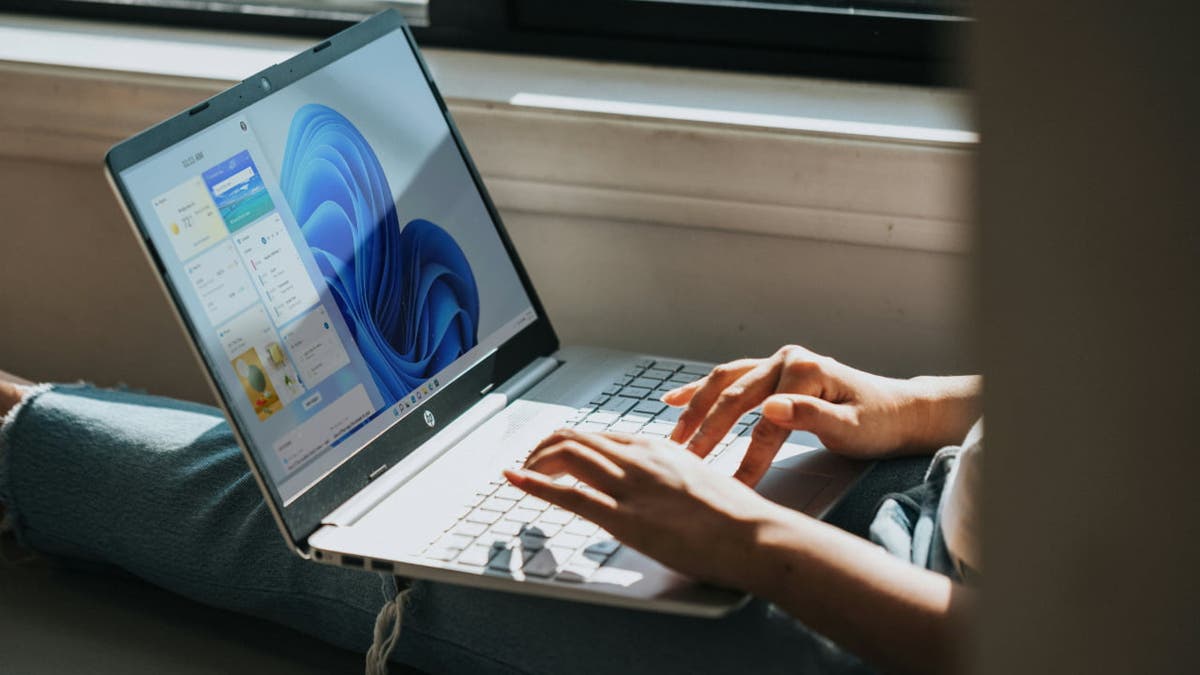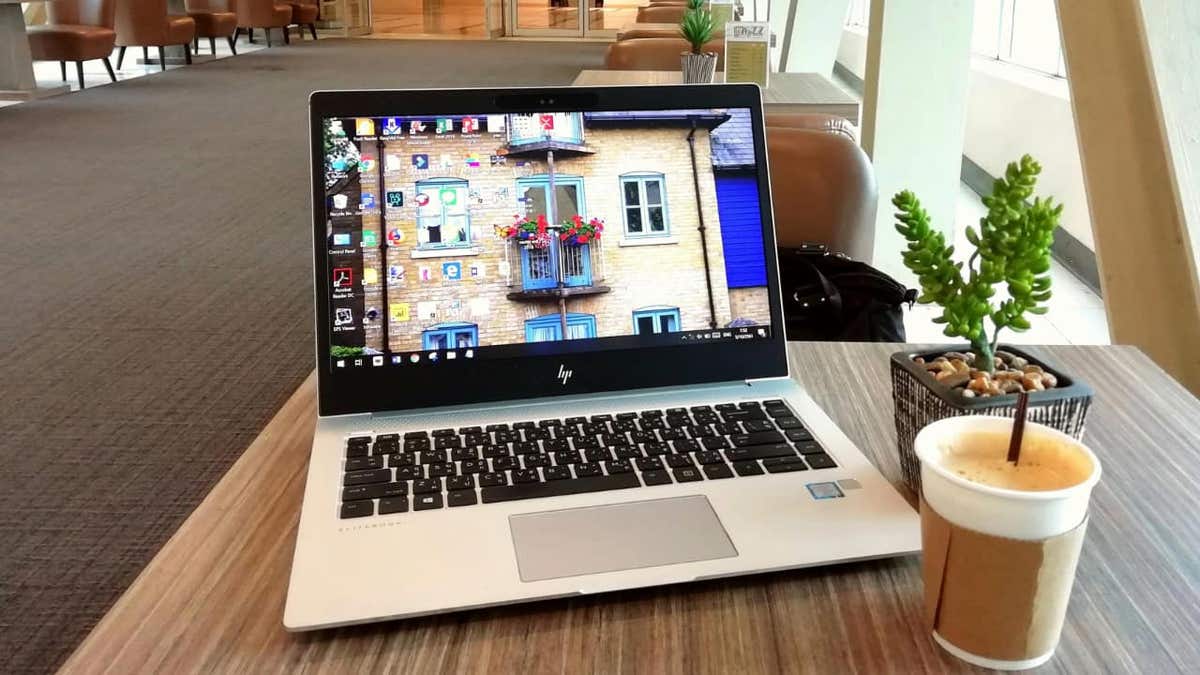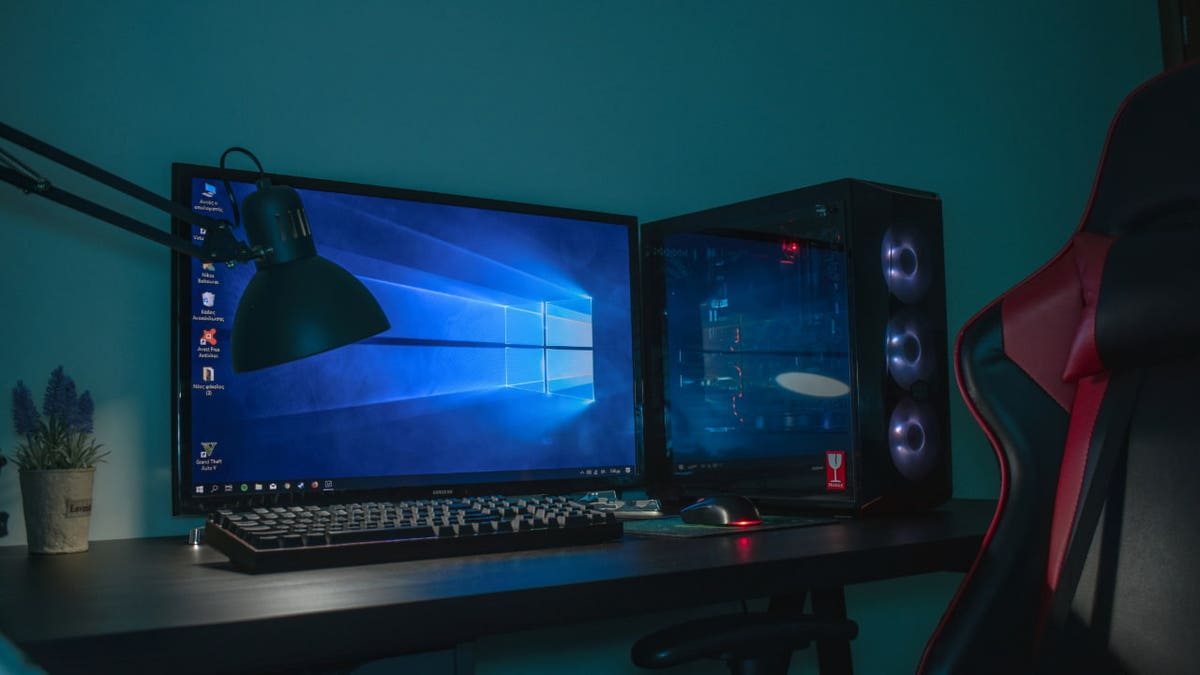All modern Windows computers have integrated Microsoft Defender. For which we do not know, this tool is the native antivirus of Windows.
Over time, it has matured in a reliable security tool capable of blocking a wide range of threats. However, a tool called defendnot can completely close Microsoft Defender, without exploiting a mistake or using malicious software. It simply convinces Windows that another antivirus is already working.
The implications are serious. This tool does not enter the system or uses the advanced injection of the code. Use Windows functions in the way they were designed to be used. And that makes the problem more difficult to detect and harder to solve.
UNIV: Get my expert technology tips, critical security alerts and exclusive offers, as well as instantaneous access to my Free Survival Survival Free “ When you register!
Windows software on a PC (Kurt “Cyberguy” Knutsson)
The tool works by pretending to be an antivirus
Windows is built to avoid running various antivirus products at once. When a third -party antivirus is recorded, Windows disables Microsoft’s defender to avoid conflict. Hedge explodes this system Using an API without documentation that uses security software to communicate with the Windows Security Center.
The tool records a false antivirus that looks legitimate in the system. Use a DLL Maniquí and injects it in Task Manager, a trusted Windows process. When operating within this signed process, Defendnot avoids signature checks and permit blocks. Once the fake antivirus has been recorded, Windows disabled Microsoft Defender without warning or confirmation.
Windows 10 Safety defects leave millions vulnerable
It is not shown to the user towards alert of security. No visible changes are made to indicate that the system is not protected. Unless someone manually checks, the machine remains open to attacks without any real -time protection.
The tool also includes options for setting up a personalized antivirus name, activate registration and configuring automatic start. It achieves persistence by creating a scheduled task that runs every time the user logs in.

Windows software on a laptop (Kurt “Cyberguy” Knutsson)
Windows Defender vs Antivirus Software: Protection FALS FALLES Short
From GitHub’s retirement to a new construction
Defense is based on a previous project called Non-Defender. This project used the code from a real antivirus product to the false record. He quickly attracted attention and deleted after a copyright complaint from the seller whose code had been reused. The developer demolished the project and moved away.
With Defendnot, the creator rebuilt the basic functions using the original code. This version avoids copyright problems and uses a new method to achieve the same effect. It is not based on another antivirus or third party binaries. It was written from scratch to prove the simple one to manipulate Windows safety from the system.
Currently, Microsoft Defender marks the tool as a threat. It detects it and quarantined with the name Win32/Sabsik.fl.! Ml. However, the fact that it works, points to a weakness in the way Windows manages antivirus registration and confidence.
What is artificial intelligence (AI)?

Windows Portop showing the start screen (Kurt “Cyberguy” Knutsson)
DoubleClickjacking Hack Turn Double Click on acquisitions
6 ways to protect —s of malicious programs
Although Defendnot is a research project, there is a possibility that there are already similar tools and they can be used to compromise your PC. Here are a few tips to help -you keep -you sure:
1. Use a strong antivirus software: Even with regular updates, Windows systems can be exposed by tools such as Devendnot that silently deactivate integrated defenses. A strong third -party antivirus with real -time protection and frequent updates provides essential backup security. Look for real -time protection solutions and frequent updates to fight emerging threats. Get my options for the best antivirus 2025 protection winners for your Windows, Mac, Android and iOS devices.
2. Limit the exhibition: Many farms are based on user interaction, such as clicking on a shady link, downloading a committed file or setting up a virtual disk that is not confident. Stay on a good reputation websites, avoid opening unclear email attachments and use a browser with integrated safety functions (such as Microsoft Edge or Chrome with a safe navigation activated).
3. Avoid executing unexpected orders: Do not paste or run orders (such as Powershell scripts) that you do not understand or copy from random websites. Attackers usually deceive users to run Malware without knowing this way.
4. Keep updated your software: Regularly Update your operating systembrowsers and all software applications. Updates often include patches for safety vulnerabilities that malicious software can exploit.
5. Use the authentication of two factors (2f): Enable 2fa to all your accounts. This adds an additional security layer requiring a second form of verification, which makes attackers more difficult to access even if they have your password.
6. Invest in personal data withdrawal services: Even with a strong security of the device, your personal information can still be exposed online through data runners and wooden sites. These services collect and publish details such as your name, address and telephone number, which allows you to easier goal for identity theft or phishing. Automated data removal services track these sites and send removal applications on your behalf, helping to reduce your digital footprint and increase online anonymity. Although they cannot delete each trace of your information, they make attackers more difficult to find and exploit your personal data, which saves you time and reduces unwanted spam in the process.
While no service promises to delete all of your Internet data, having a delete service is excellent if you want to constantly control and automate the process of eliminating the information of hundreds of places continuously for a longer period of time. View my most important options for data removal services here.
Get a Free Exploration To know if your personal information is already on the net.
Relurable pirates leave the windows to guide your apple ID
Kurt’s Key Takeaway
Defensot points to a bigger problem with the way Windows manages security. It takes a feature aimed at preventing software conflicts and turns it into a way to completely disable protection. The system assumes that any registered antivirus is legitimate, so if attackers can fake this, they enter without much resistance.
We often think about safety how to block the bad and trust the good. But this case shows what happens when this trust is wrong. Defense does not hit Windows defenses. Walk well by using valid credentials. The solution is not just more patches or stronger Malware signatures. What we need is a smarter way for systems to explain what is really safe.
Click here to get the Fox News app
Do you think companies like Microsoft need to rethink how Windows manages registration and antivirus confidence, as tools as Defendot can easily deactivate integrated protections without using malicious software or exploiting a mistake? Do -us to know by writing -us to Cyberguy.com/contact.
For more information on my technology tips and security alerts, subscribe -Free Cyberguy Report Bulletin Cyberguy.com/newsletter.
Ask Kurt or ask us what stories you would like to be able to reach.
Follow Kurt on its social channels:
Answers to Cyberguy questions More tasks:
New of Kurt:
Copyright 2025 cyberguy.com. All rights reserved.
#Windows #computers #risk #tool #disarms #integrated #safety
Image Source : www.foxnews.com
